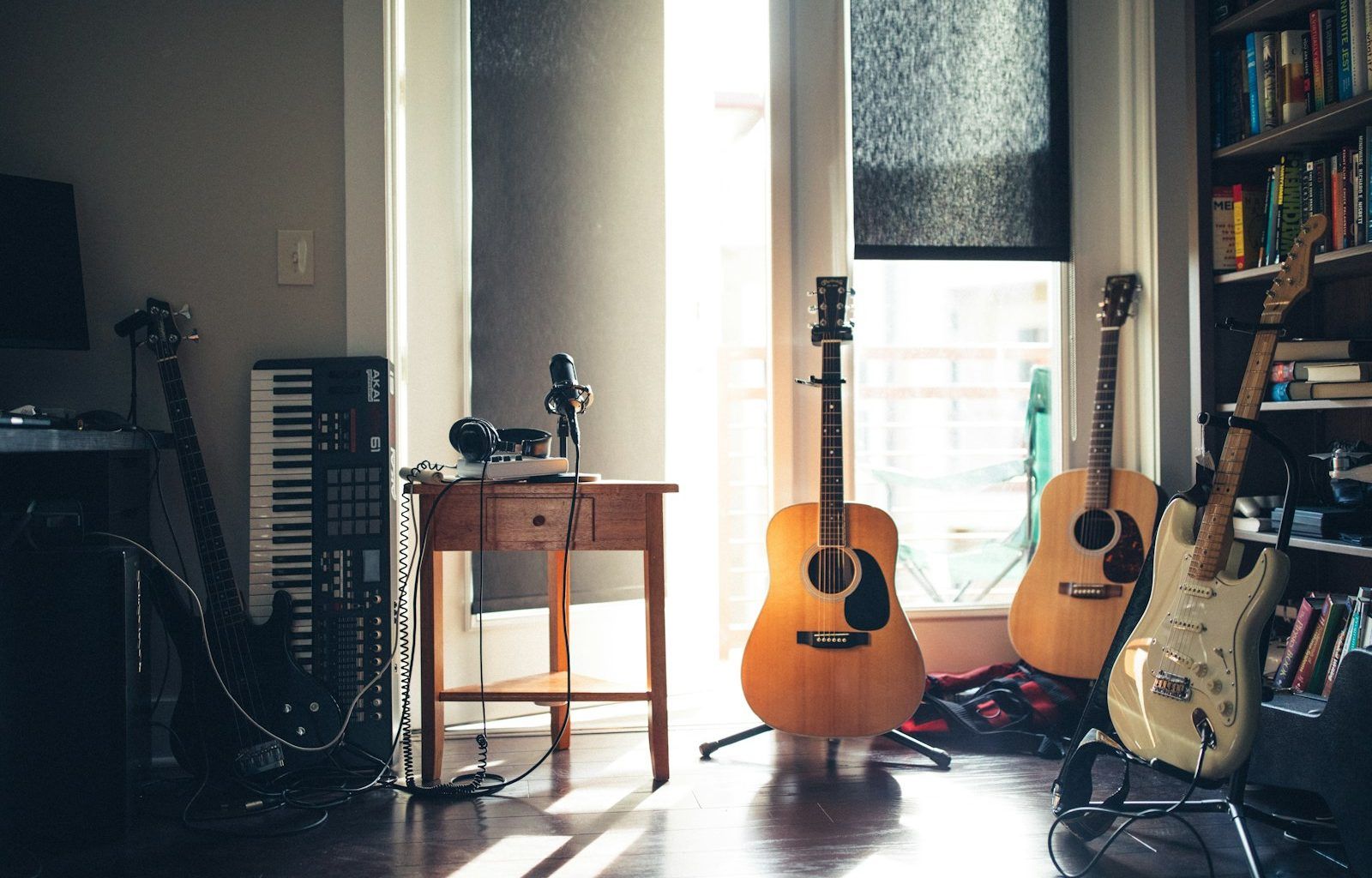Whether you’re an emerging artist or a seasoned professional, having a well-crafted artist press kit is essential. It’s your introduction to the world—your story, your brand, and your art, all packaged into one comprehensive and visually appealing document. But don’t worry if you’re not sure where to start! This guide will walk you through every step of creating an artist press kit template.
What Is an Artist Press Kit?
An artist press kit, sometimes referred to as an electronic press kit (EPK), is a promotional tool used to showcase your work to media outlets, galleries, event organizers, and potential collaborators. Think of it as your professional resume but designed for the creative world. It should include all the essential information about you and your art in one easy-to-share package.
Your artist press kit template can make or break your first impression. By creating a strong template, you can ensure consistency and ease of updating as your career progresses.
Why You Need an Artist Press Kit Template
The art world is highly competitive. Whether you’re submitting to a gallery, pitching to a journalist, or seeking sponsorship, a professional press kit sets you apart. Here’s why you need one:
- Saves Time: Having a pre-designed template means you can quickly update your press kit for different opportunities.
- Creates a Professional Impression: A well-organized press kit shows that you take your career seriously.
- Centralizes Your Information: It’s an efficient way to keep all your important details in one place.
- Boosts Your Confidence: Knowing you have a polished press kit gives you a competitive edge.
Components of an Artist Press Kit Template
Creating an artist press kit may seem overwhelming at first, but breaking it down into sections makes it manageable. Below are the essential components your template should include:
1. Artist Bio
Your bio is the heart of your press kit. Write a compelling story about who you are, your background, and what inspires your art. Keep it concise but engaging. For example:
- Where are you from?
- What mediums do you work in?
- What themes dominate your art?
Pro Tip: Have multiple versions of your bio. A short one (50 words), a medium-length one (100-150 words), and a longer version (up to 500 words) for different purposes.
2. Portfolio or Samples of Your Work
Visuals are a must! Include high-quality images of your best work. Ensure each image is labeled with the title, medium, dimensions, and year. You can also link to your online portfolio.
3. Press Coverage
If you’ve been featured in publications, blogs, or media, include excerpts or links. Positive press adds credibility to your work.
4. Artist Statement
This section allows you to explain your art in your own words. Share your creative vision and what you aim to convey through your work.
5. Contact Information
Make it easy for people to reach you. Include your name, email, phone number, and social media handles.
6. Social Media and Website Links
Your digital presence matters. Add clickable links to your social profiles and website.
7. Achievements and Exhibitions
Highlight key accomplishments such as:
- Awards and honors
- Exhibitions (solo or group)
- Collaborations or residencies
8. Call-to-Action (CTA)
End your press kit with a clear CTA. Encourage your audience to take the next step, whether it’s visiting your website, attending your next exhibition, or scheduling an interview.
Designing Your Artist Press Kit Template
Your press kit should reflect your artistic style while remaining professional. Here are some design tips:
Choose a Simple Layout
A clean, uncluttered design ensures your information is easy to read. Use sections, headings, and bullet points for clarity.
Include Your Branding
Incorporate your logo, signature colors, or unique design elements that represent your brand. This adds a personal touch.
Use High-Quality Images
Blurry or low-resolution images can hurt your credibility. Invest in professional photography or learn basic editing techniques to enhance your visuals.
Pick Readable Fonts
Artistic doesn’t mean illegible. Choose fonts that are easy to read, and stick to a maximum of two or three font styles.
Export as a PDF
PDFs are universally accepted and maintain your formatting. Always save your press kit in this format.
Tools to Create Your Artist Press Kit Template
You don’t need to be a graphic designer to create a stunning press kit. Here are some user-friendly tools you can use:
- Canva: A beginner-friendly platform with customizable templates.
- Adobe InDesign: Perfect for those with more design experience.
- Microsoft Word or Google Docs: Simple but effective options for text-heavy kits.
- Behance or Dribbble: Use these platforms for inspiration.
Mistakes to Avoid
Creating a press kit comes with its challenges. Avoid these common pitfalls:
- Overloading with Information: Keep it concise and relevant.
- Neglecting Visuals: Images make your press kit stand out.
- Using Too Much Jargon: Write for a general audience, not just art experts.
- Ignoring Proofreading: Typos and errors can make you look unprofessional.
- Skipping Updates: Update your press kit regularly to reflect your latest achievements.
Maintaining and Updating Your Press Kit
Your artist press kit is a living document. Make it a habit to:
- Add new exhibitions, awards, or media features.
- Refresh your portfolio with recent works.
- Ensure your contact information and links are up-to-date.
Final Thoughts
A well-designed artist press kit template is an investment in your career. It’s not just a document; it’s your voice in a crowded art world. Take the time to create a template that reflects your personality and artistry. With this guide, you’re well on your way to making an unforgettable first impression.
Related Articles:
For further reading, explore these related articles:
- Copyrighted Music on TikTok: What You Need to Know
- How to Upload Songs to Apple Music: A Complete Guide
For additional resources on music marketing and distribution, visit DMT Records Private Limited.






